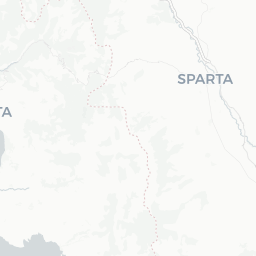






Late Roman and Byzantine use of the Theatre Space Project study season 2000
Assessment and Analysis: Study season
The team processed the pottery from the Sparta Theatre excavations of 1997 and 1998. Analysis showed that the Late Hellenistic period was characterised by what appears to be the last stage in the black glaze tradition, namely a range of small bowls and dishes made from coarseware fabrics with a thin, dull, and patchy black glaze. The earliest local red slip wares were found in the same forms and fabrics and were presumably manufactured in the same workshops. Excavations conducted by the Ephoria have produced evidence for local production of Megarian bowls extending into the 1st century BC. Imports in the Early-Mid Imperial periods were mainly from the Eastern Mediterranean and include Eastern Sigillata A, Eastern Sigillata B, and Candarli Ware. Italian imports comprising one fifth of the total included Italian Sigillata (Arretine) Ware and Thin Walled Ware. Local copies of TWW were also recorded. The Mid-Imperial period, being the main period of the Theatre's use, was poorly represented. The exception comprised contexts associated with the construction of the Nymphaem. Fine ware from a context underlymg the construction suggests a terminus post quem of the early second century. The majority of the pottery came from the Late Roman period and is associated with the destruction and abandonment of the stage building. Substantial quantities of imports were found including some African Red Slip C but with the vast majority being African Red Slip D, suggesting deposition in the last quarter of the fourth century or very early fifth century. Local imitations of African wares some with forms and motifs very similar to African originals were produced, tentatively identified as Spartan Sigillata by P. Roberts. Late Roman imports from NW Turkey include cooking pots and bowls with distinctive fabric and forms which, according to Dr J. Hayes, are not common in Athens or Corinth. They are, however, common on the Adriatic coast of Italy. This and the fact that Red Painted Ware is virtually absent from Corinth and Athens, but the most common table ware in southern Italy from the mid-fourth century, may suggest that Sparta through Gytheion was linked to trade routes from Turkey and Constantinople to the rich and strategically important cities of the Adriatic (Ravenna, Durres; Otranto, Butrint). Finally, initial analysis of unpublished comparanda from the Malavasos property (excavated by Eleni Zavvou) and the Groubos property (excavated by Stella Raftopoulou) in Sparta, confirms that the matenal from the Theatre provides a comprehensive type series.
Active in 2000.

